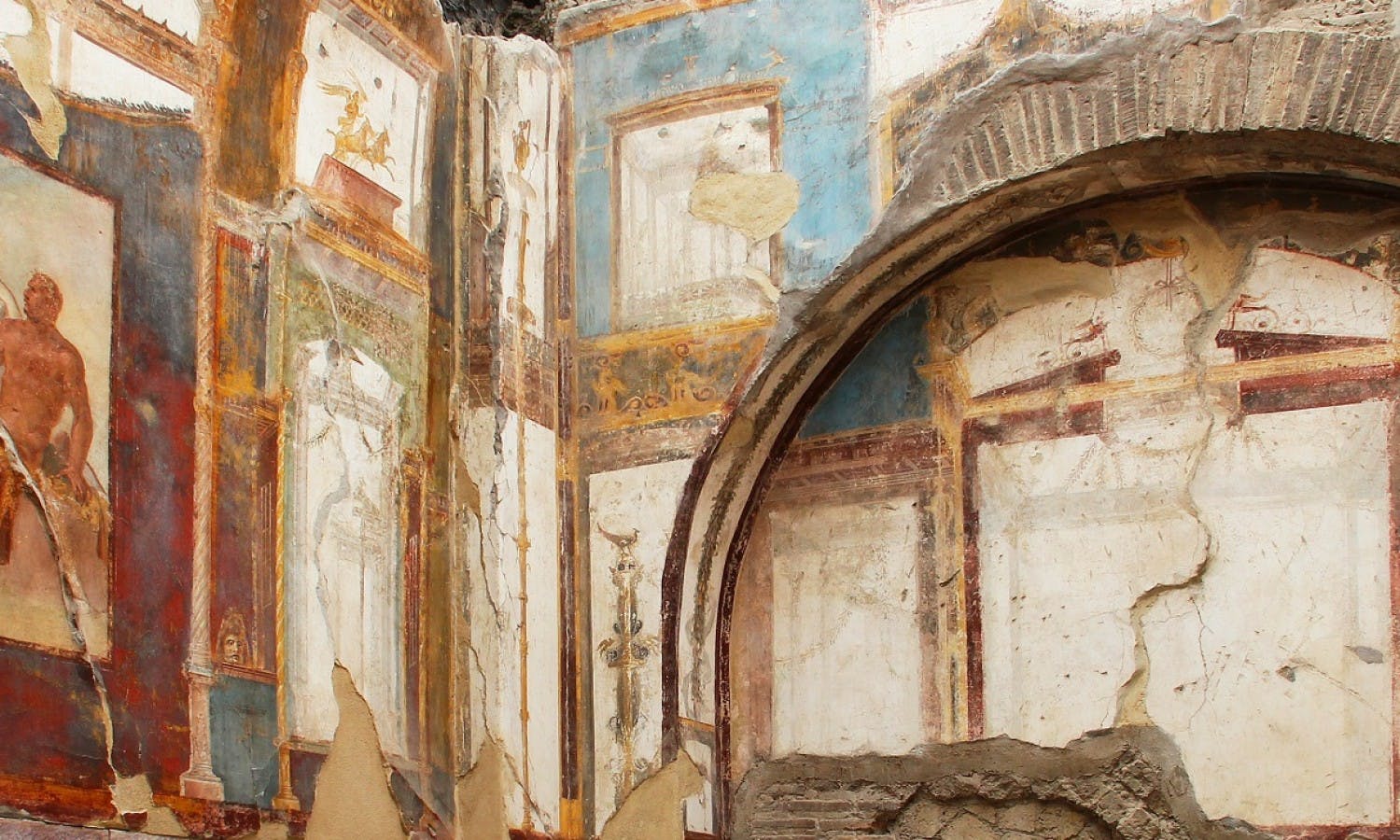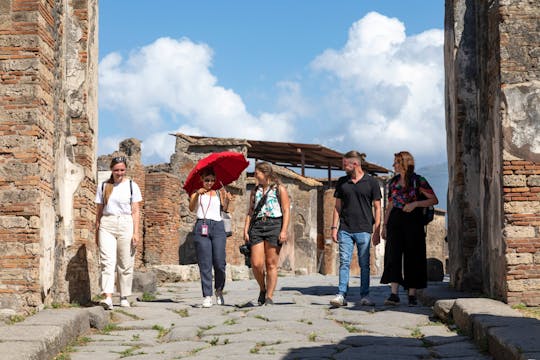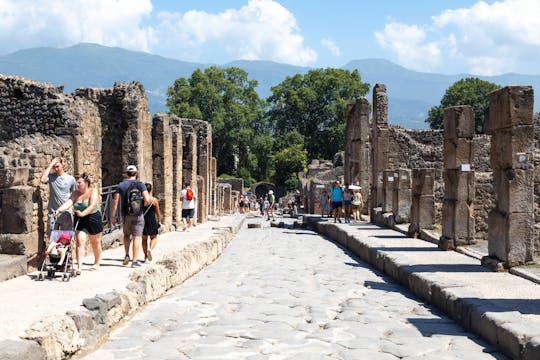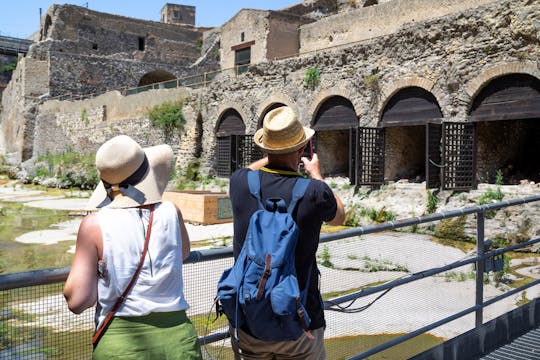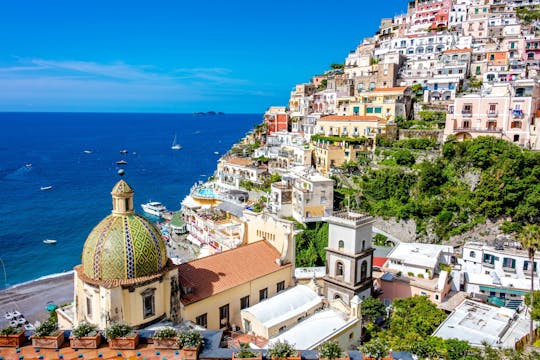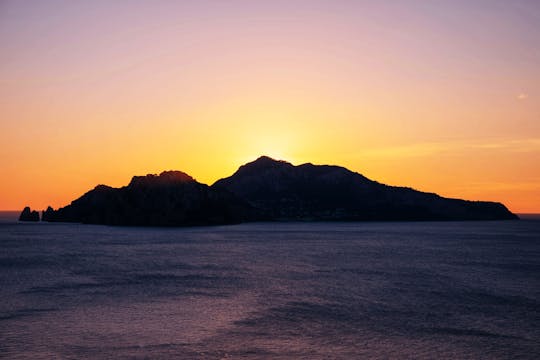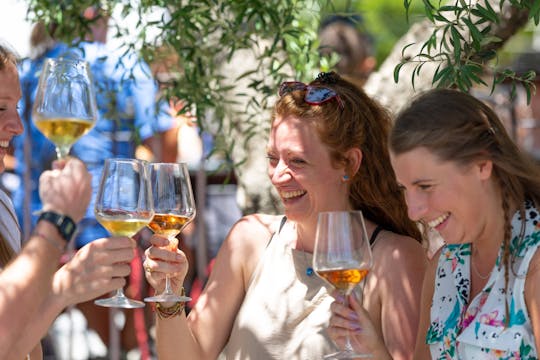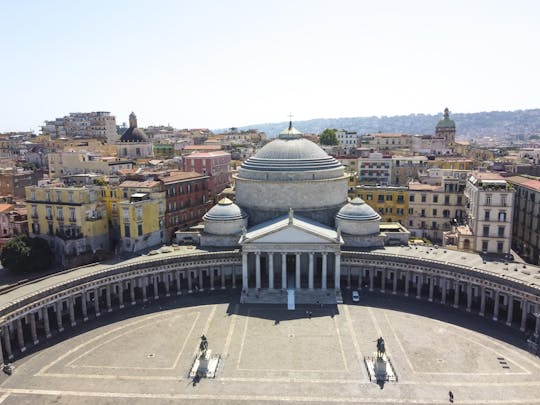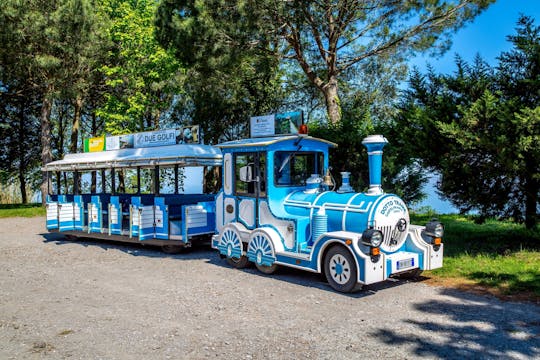Visiting Vesuvius first thing in morning meant that there were fewer climbers, and the lunch was very nice. Then at Herculaneum we had a local guide called Ionica who was brilliant and very knowledgable. The bus driver Carlos and our tour guide Antonio were great and kept us entertained on the journey. The toilets at Vesuvius were awful and having some free time after the guided tour at Herculaneum would have been good.
Wandering around the archaeological site of Herculaneum is just like stepping through an open-air history book. On this tour, you'll visit what remains of this once-thriving seaside town, as well as see Mt Vesuvius – the architect of its destruction. Andrea, one of our local experts, says, 'Unlike Pompeii, Herculaneum's deeper burial under volcanic mud resulted in an astounding level of preservation. It's a quieter, more intimate experience'.
After Vesuvius's dramatic 79 AD eruption, Herculaneum became a town frozen in time. Now resurrected from its volcanic slumber, this UNESCO World Heritage Site is brimming with stories untold. On a guided tour with trusty headsets, you'll see the haunting boathouses – the sombre final chapters of desperate refugees – and the town's beautifully preserved marble floors, mosaics, and vibrant frescoes. Andrea says, 'Like many Roman towns, Herculaneum had a complex of public baths, which were a hub of daily life. These baths are particularly well-preserved and showcase the complex heating systems and detailed mosaics that adorned their walls and floors'.
Lunch will be at a friendly, local restaurant, serving up Italian classics. You'll then head up the mighty Mount Vesuvius – the only active volcano in mainland Europe. With its eye-catching panoramic views over the Mediterranean Sea and Naples, it's well worth the trip. The surrounding terrain, sculpted by past eruptions, only adds to the jaw-dropping scenery.

